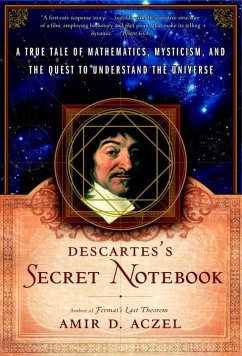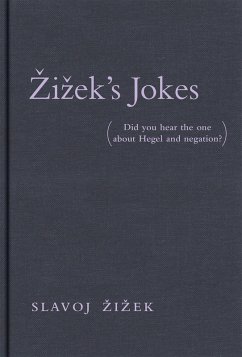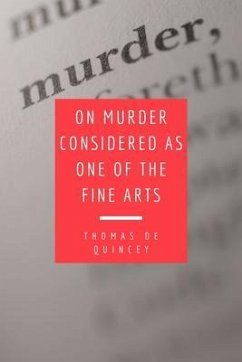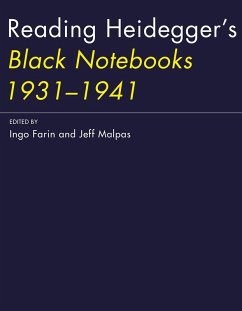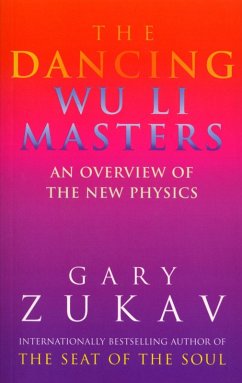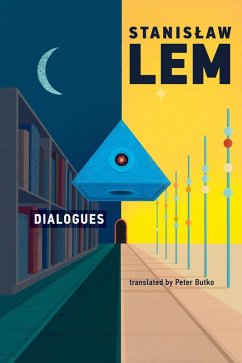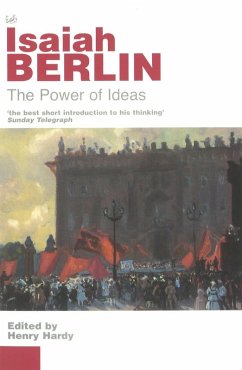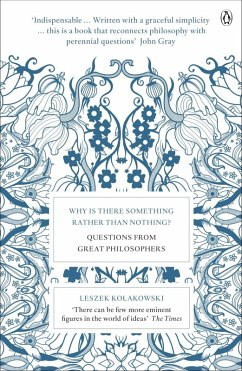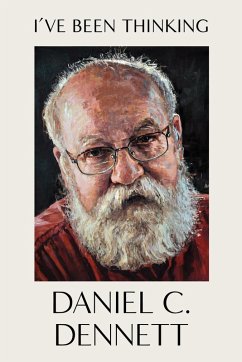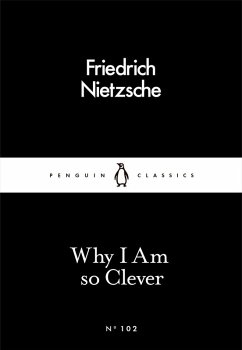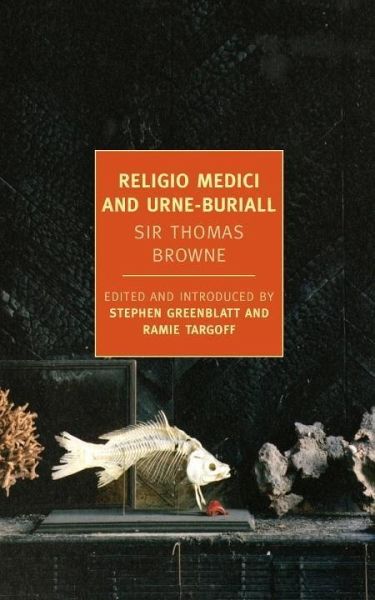
Religio Medici and Urne-Buriall (eBook, ePUB)
Versandkostenfrei!
Sofort per Download lieferbar
9,95 €
inkl. MwSt.
Weitere Ausgaben:

PAYBACK Punkte
5 °P sammeln!
Sir Thomas Browne is one of the supreme stylists of the English language: a coiner of words and spinner of phrases to rival Shakespeare; the wielder of a weird and wonderful erudition; an inquiring spirit in the mold of Montaigne. Browne was an inspiration to the Romantics as well as to W.G. Sebald, and his work is quirky, sonorous, and enchanting. Here this baroque master's two most enduring and admired works, Religio Medici and Urne-Buriall, appear in a new edition that has been annotated and introduced by the distinguished scholars Ramie Targoff and Stephen Greenblatt (author of the best-se...
Sir Thomas Browne is one of the supreme stylists of the English language: a coiner of words and spinner of phrases to rival Shakespeare; the wielder of a weird and wonderful erudition; an inquiring spirit in the mold of Montaigne. Browne was an inspiration to the Romantics as well as to W.G. Sebald, and his work is quirky, sonorous, and enchanting. Here this baroque master's two most enduring and admired works, Religio Medici and Urne-Buriall, appear in a new edition that has been annotated and introduced by the distinguished scholars Ramie Targoff and Stephen Greenblatt (author of the best-selling Will in the World and the National Book Award-winning The Swerve). In Religio Medici Browne mulls over the relation between his medical profession and his profession of the Christian faith, pondering the respective claims of science and religion, questions that are still very much alive today. The discovery of an ancient burial site in an English field prompted Browne to write Urne-Buriall, which is both an early anthropological examination of different practices of interment and a profound meditation on mortality. Its grave and exquisite music has resounded for generations.
Dieser Download kann aus rechtlichen Gründen nur mit Rechnungsadresse in A, B, BG, CY, CZ, D, DK, EW, E, FIN, F, GR, HR, H, IRL, I, LT, L, LR, M, NL, PL, P, R, S, SLO, SK ausgeliefert werden.




